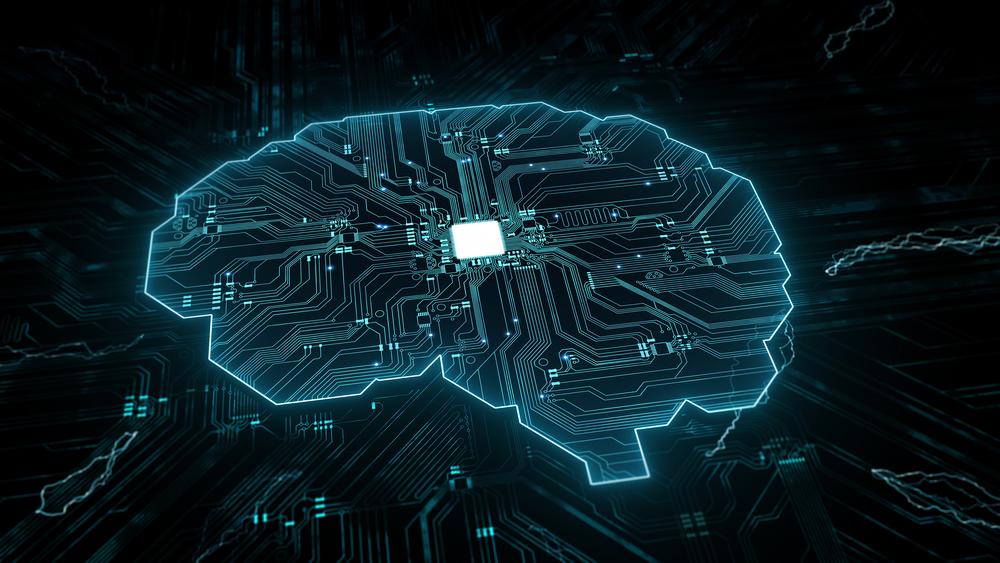Commentary
One of the great ways of encouraging kids to read for enjoyment back in the 1970s, especially boys, was to buy them the “Guinness Book of World Records.” And along with the fascinating facts about 8-foot-11 Robert Wadlow of Alton, Illinois, and communist Russia’s Motherland statue dwarfing the Statue of Liberty (but only if you exclude Liberty’s pedestal), they would eventually find themselves reading a terrifying observation in the section on the largest man-made explosions:





